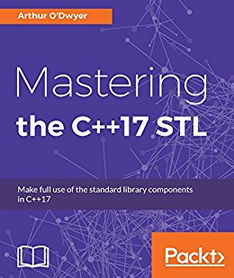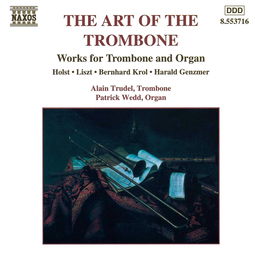Content:
Introduction: Night fishing offers a unique and tranquil experience for anglers, allowing them to enjoy the serene beauty of the water under the moonlit sky. However, successfully catching fish during the night requires a different set of techniques and strategies compared to day fishing. One of the most crucial aspects of night fishing is the art of baiting and angling. In this article, we will delve into the essential night fishing techniques for effective baiting and angling, helping you become a master of the night.
I. Choosing the Right Spot: The first step in night fishing is selecting the perfect location. Look for areas with a good population of fish, such as shallow flats, river edges, or weed beds. These spots are likely to attract fish as they provide food and cover. It's also essential to consider the time of year and the species you're targeting, as different fish are more active during certain seasons.
II. Bait Selection: The choice of bait can significantly impact your night fishing success. Here are some popular baits for night fishing:
Live Bait: Live bait, such as worms, crickets, or minnows, can be highly effective. Fish are more likely to strike at live bait as it resembles their natural prey. Ensure the bait is fresh and wriggling to attract fish.
Artificial Lures: Soft plastics, spinners, and jigs are popular artificial lures for night fishing. These lures can be fished at various depths and can mimic the movement of real fish. Use colors that stand out in low light, such as chartreuse, white, or black.
Dead Bait: Dead bait, such as fish heads or chunks of fish, can also be effective. These baits can be left on the hook for an extended period, allowing fish to approach and bite.
III. Baiting Techniques: Once you've chosen your bait, it's time to learn the art of baiting. Here are some key techniques to keep in mind:
Proper Hook Set: When using live bait, ensure the hook is set correctly to prevent the bait from escaping. Use a gentle pull to set the hook, allowing the fish to take the bait naturally.
Timing: Fish are more likely to strike during the first few moments after the bait is presented. Be patient and wait for the fish to take the bait before setting the hook.
Bait Placement: Place the bait in areas where fish are likely to be feeding. This could be near structure, vegetation, or areas with a high concentration of baitfish.
IV. Angling Techniques: Night fishing requires a different approach to angling, as visibility is limited. Here are some techniques to help you catch more fish:

Use Night-Friendly Gear: Invest in night-friendly equipment, such as night-vision goggles, headlamps, and fishing rods with low-light sensitivity.
Soft Tackle: Use soft tackle, such as light fishing lines and small hooks, to minimize the chances of spooking fish in low light conditions.
Sensitivity: Fish are more sensitive to vibrations during the night. Be gentle with your movements and avoid sudden jerks or loud noises that could scare away fish.
Patience: Night fishing requires patience. Fish may take longer to strike, so be prepared to wait for extended periods.
Conclusion: Night fishing can be a rewarding and memorable experience when you master the art of baiting and angling. By selecting the right spot, choosing the appropriate bait, employing effective baiting techniques, and using night-friendly angling strategies, you'll be well on your way to becoming a successful night fisherman. Remember to practice safety measures, such as wearing life jackets and being aware of your surroundings, to ensure a safe and enjoyable night out on the water. Happy fishing!












